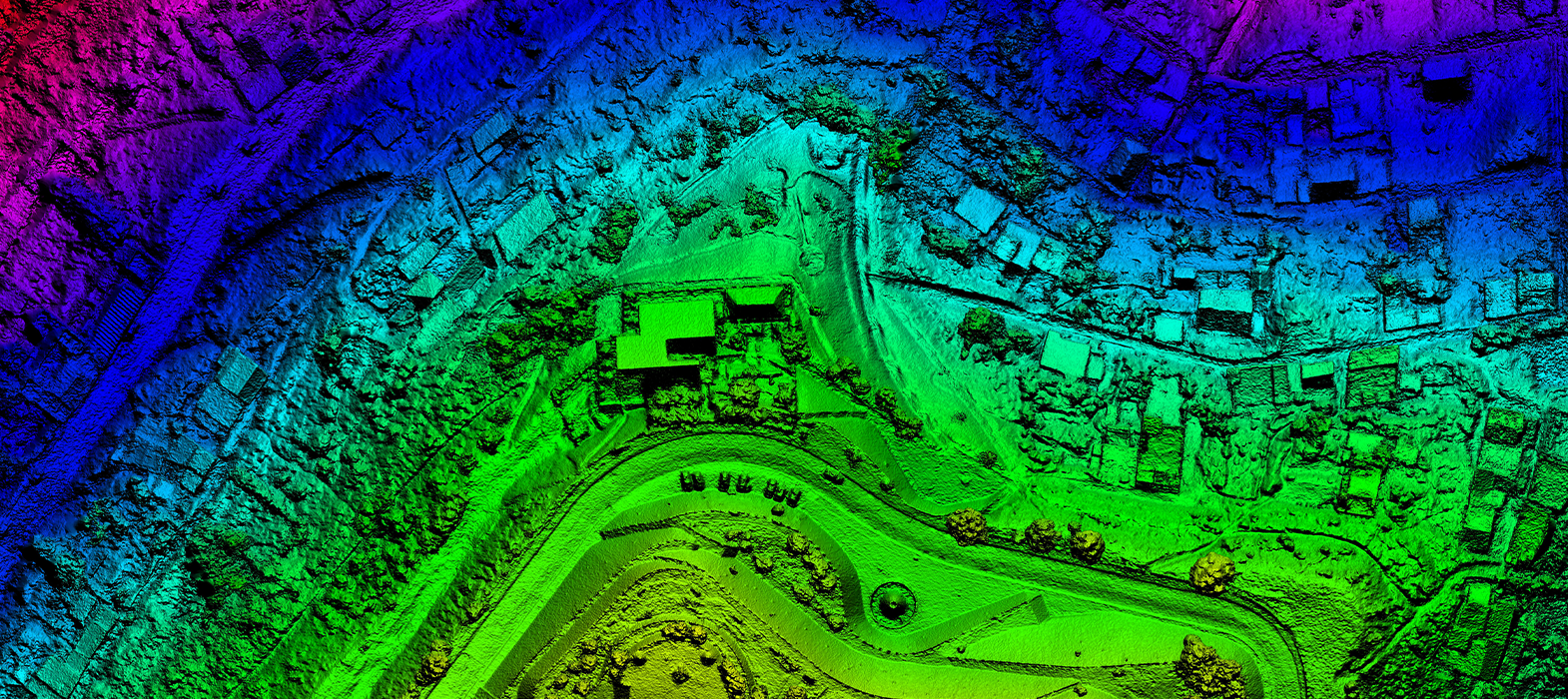The GIS technology or the Geographic Information System platforms are used in a number of industries. A lot of local, state and federal government entities use GIS to map school districts and maintain property lines. However, GIS platforms can be used within the industrial sector as they provide you with an unparalleled ability to track assets, monitor shop floor crews and address essential production tools before breakdowns occur or supply chains collapse.
This is beneficial when you have to manage a high volume of work and responding to a crisis relies on the geographic information system that can efficiently gather, store, share, manage, analyze, and deliver data on-demand for a streamlined workflow. When you connect GIS with facility maintenance software, you will benefit greatly, which we will discuss later. First, we must get a better understanding of GIS software.
What is GIS software?
The GIS platform allows you to integrate disparate geographical data streams into an easy-to-access map. With this feature, you can analyze data easily and add relevant context to operational insights. This software renders query responses visually, thus simplifying information absorption and leading to quicker reaction times.
What Are the Benefits of GIS Solutions Connecting With CMMS?
In most situations, the CMMS and GIS platforms go hand-in-hand as they complement each other. The shop floor maintenance crew can input the CMMS asset data into the GIS solution. This helps them develop and view mapped visualizations highlighting key production tools.
Due to this top-down view of the shop floor, you can streamline maintenance workflows and implement predictive maintenance strategies. This will help you save time and resources. You can benefit from work orders that contain location-based data, apart from normal maintenance information, even if you want to stick with more reactive methods.
-
Breaking down silos of information
You might have asset information in multiple places —at one place you might describe its construction, another may contain the financial information, some paperwork may describe the level of effort required to keep the assets functioning and so on. Even though these silos of information contained information about the same assets, there were instances of overlapping or contradictory information, probably at different times in an asset’s life cycle. There was no way to verify which one of the contradictory was accurate or which information source was authoritative.
Thanks to GIS and asset management software, you won’t face any such issues. You can use GIS instead of manually drafted paper maps or for tracking billing. You can have all the information about the assets in computerized systems that can be accessed from any location. You will get a better understanding of the organization’s assets but you must understand how to integrate various systems with one another to share information.
-
CMMS and Enterprise Asset Management
Computerized maintenance management systems helped in achieving numerous tasks in the past. However, over the last few years, vendors of CMMS started referring to themselves as Enterprise Asset Management (EAM) Systems as they could now create work orders and manage planned and unplanned maintenance tasks in an enterprise IT environment. With enterprise asset management, you can integrate information from a number of systems to allow you to manage your assets in the best way possible. Maintain the required data in a way that you can create it or maintain it one time and then can store it in the appropriate system in a way that’s transparent to users.
You may wonder how GIS finds a place in enterprise asset management. Typically, spatial location is the one common aspect of all the data in your organization. You can aggregate numerous sources of data together and visualize them all to understand how they affect each other. You can understand how each asset is performing and explore pieces of asset-related data using the analytical power of GIS. You can even manage your assets, either maintenance, rehabilitation or replacement, and understand the impact. NEXGEN EAM systems integrated with GIS emphasizes on the concept that enterprise asset management is about utilizing the best information from each system that stores data about assets. Contact us if you are looking to incorporate a GIS solution in your facility.





